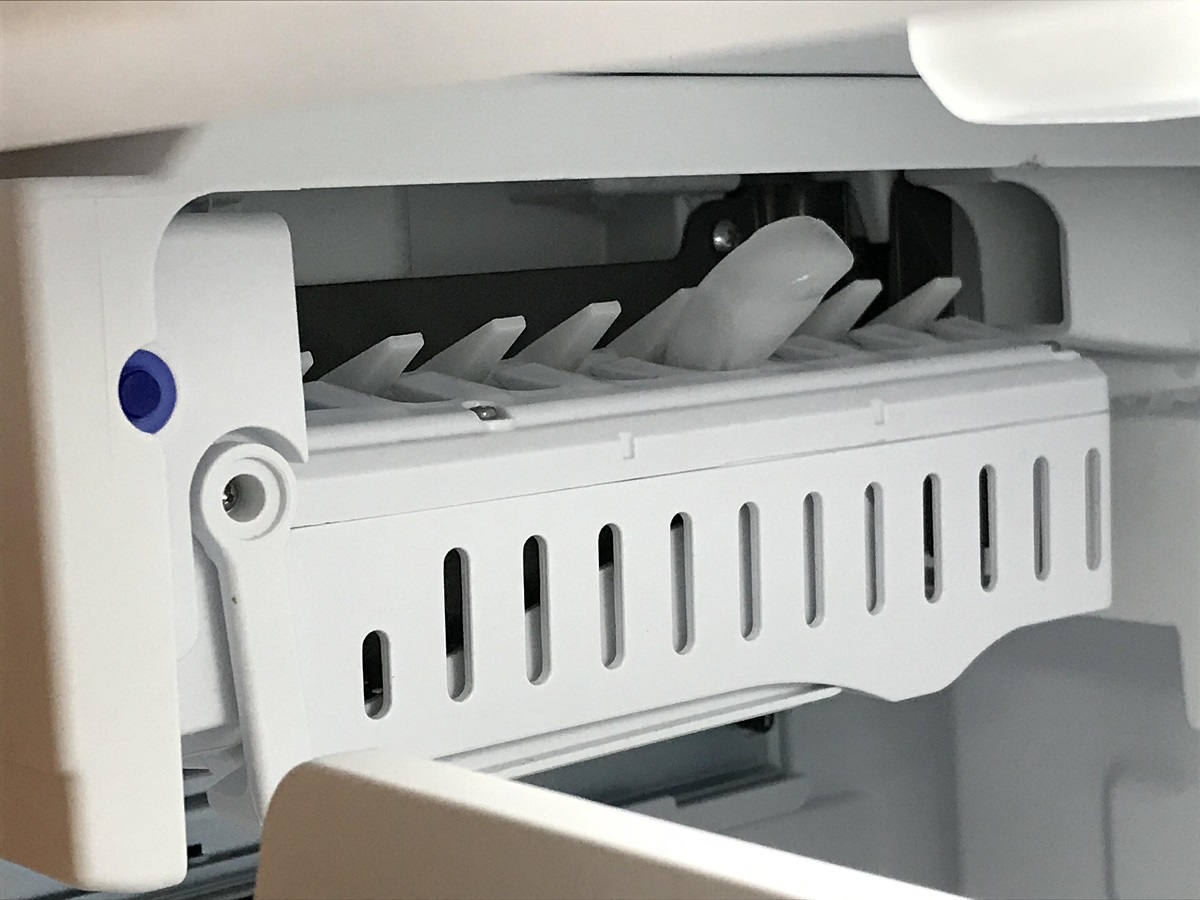

Articles
Why Is There Black Stuff In My Ice Maker
Modified: May 6, 2024
Discover why black stuff is appearing in your ice maker with our informative articles. Learn how to prevent and remove this issue for clean, crystal-clear ice.
(Many of the links in this article redirect to a specific reviewed product. Your purchase of these products through affiliate links helps to generate commission for Storables.com, at no extra cost. Learn more)
Introduction
Have you ever been excited to use your ice maker, only to find small black particles floating in your ice? It can be a frustrating and unappetizing discovery. But don’t worry, you’re not alone in experiencing this issue. Many ice maker users have encountered black stuff in their ice at some point.
Understanding the reasons behind the presence of black particles in your ice can help you find solutions to prevent this problem in the future. In this article, we will explore the common causes of black stuff in ice makers and provide tips for maintaining a clean and healthy ice-making environment.
Before we delve into the potential causes, it’s important to have a basic understanding of how ice makers work. Most ice makers use a system of trays or molds to freeze water into ice cubes. These cubes are then released into a storage bin, ready to be dispensed at your convenience. With this knowledge in mind, let’s explore the possible culprits behind black stuff in ice.
Key Takeaways:
- Regular cleaning and maintenance are crucial to prevent black stuff in ice makers. Use vinegar or lemon juice for mold and mildew, and consider water filtration to remove impurities.
- Address plumbing issues and practice good hygiene to maintain a clean ice-making environment. Regularly inspect and clean the ice maker to ensure a steady supply of high-quality ice cubes.
Read more: What Is The White Stuff In My Ice Maker
Understanding the Ice Maker
An ice maker is a convenient appliance that allows you to have a constant supply of ice cubes for chilling your beverages or other purposes. It consists of several components, including a water supply line, a water valve, a heating element, a mold or tray for freezing the water, and a storage bin for holding the ice cubes until they are ready to be used.
When you activate the ice maker, water is moved from the water supply line into the ice maker’s mold or tray. The heating element helps release the frozen ice cubes from the mold or tray, and they fall into the storage bin. The ice maker continues to produce ice until the storage bin is full or until you manually turn off the ice maker.
It’s important to note that ice makers require proper maintenance and care to ensure they function optimally and produce clean and clear ice cubes. Failure to maintain the ice maker can result in the formation of black stuff in the ice, which can be unappetizing and potentially harmful.
Now that we understand the basic functionality of an ice maker, let’s explore the common causes of black stuff in ice makers and how to address these issues effectively.
Common Causes of Black Stuff in Ice Makers
There are several factors that can contribute to the presence of black stuff in ice makers. Understanding these causes can help you identify the root of the problem and effectively address it. Here are the most common causes:
- Mold and Mildew Growth: One of the leading causes of black stuff in ice makers is the growth of mold and mildew. These fungi thrive in moist and dark environments, making the ice maker an ideal breeding ground. If the ice maker is not properly cleaned and maintained, mold and mildew can colonize various parts, including the water lines, molds, and storage bin. The black particles you see in the ice may actually be small fragments of these molds or mildew.
- Mineral Deposits and Sediments: Another common cause of black stuff in ice makers is the presence of mineral deposits and sediments in the water supply. Depending on the source of your water, it may contain high levels of minerals such as calcium and magnesium. When the water is frozen into ice cubes, these minerals can sometimes settle and form black particles. Additionally, if your water supply has sediments or impurities, they can also find their way into the ice maker and contribute to the formation of black stuff in the ice.
- Plumbing Issues: Problems with the plumbing system can also lead to black stuff in ice makers. If there are issues with the water supply line or the water valve, it can result in the accumulation of dirt, rust, or other contaminants. These substances can ultimately make their way into the ice maker and taint the quality of the ice.
Now that we’ve explored the common causes of black stuff in ice makers, it’s time to discuss how to address and prevent these issues effectively. By taking the necessary steps, you can ensure the production of clean and clear ice for your enjoyment.
Mold and Mildew Growth
Mold and mildew are common culprits when it comes to the presence of black stuff in ice makers. These fungi thrive in damp and dark environments, making the ice maker an ideal breeding ground. If left unchecked, mold and mildew can colonize various parts of the ice maker, leading to the formation of black particles in the ice.
To prevent mold and mildew growth, it’s essential to regularly clean and maintain your ice maker. Here are some steps you can take:
- Regular Cleaning: Clean the ice maker at least once a month. Start by unplugging the ice maker and emptying out any remaining ice. Use warm soapy water and a soft cloth or sponge to clean the interior and exterior surfaces of the ice maker, including the water lines, molds, and storage bin. Pay close attention to any visible signs of mold or mildew and scrub them away. Rinse thoroughly with clean water, and then dry the ice maker completely before plugging it back in.
- Use Vinegar or Lemon Juice: To remove stubborn mold and mildew, you can create a cleaning solution using equal parts white vinegar or lemon juice and water. This solution can help eliminate any lingering spores and disinfect the ice maker. Apply the solution to the affected areas and let it sit for a few minutes before scrubbing and rinsing thoroughly.
- Check and Replace Filters: Ice makers with built-in filters can help remove impurities from the water, reducing the chances of mold and mildew growth. Make sure to check and replace the filters as recommended by the manufacturer to ensure their effectiveness.
- Proper Ventilation: Allow proper ventilation around the ice maker to prevent moisture buildup. Ensure that the area where the ice maker is installed is well-ventilated and free from any obstructions. This will help inhibit the growth of mold and mildew.
By following these steps and maintaining regular cleaning and maintenance practices, you can help prevent mold and mildew growth in your ice maker, ensuring clean and hygienic ice cubes for your consumption.
Mineral Deposits and Sediments
Mineral deposits and sediments in the water supply are another common cause of black stuff in ice makers. Depending on the source of your water, it may contain high levels of minerals such as calcium and magnesium. When the water is frozen into ice cubes, these minerals can sometimes settle and form black particles.
To address mineral deposits and sediments in your ice maker, consider the following steps:
- Water Filtration: Install a water filtration system to remove impurities and minerals from the water supply before it reaches the ice maker. This can significantly reduce the chances of black particles forming in the ice. There are various types of water filters available, including activated carbon filters and reverse osmosis systems. Choose the one that best suits your needs and budget.
- Water Softener: If your water supply has a high concentration of minerals, consider investing in a water softener system. Water softeners help remove excess minerals, such as calcium and magnesium, from the water, minimizing the formation of black particles in the ice maker. Consult with a professional to determine the appropriate water softener system for your home.
- Regular Maintenance: Regularly check and clean the water lines and filters of your ice maker. Over time, mineral deposits can accumulate in these components, affecting the quality of the ice. Follow the manufacturer’s instructions on how to properly clean and maintain these parts. This will help prevent the buildup of mineral deposits and sediments in your ice maker.
By implementing these steps, you can reduce the presence of black particles caused by mineral deposits and sediments in your ice maker. This will result in cleaner and clearer ice cubes for your enjoyment.
Regularly cleaning and sanitizing your ice maker can help prevent the buildup of black mold and mildew. Use a mixture of water and vinegar to clean the inside of the ice maker and its components.
Read more: Why Is My Ice Melting In My Ice Maker
Plumbing Issues
Plumbing issues can also contribute to the presence of black stuff in ice makers. Problems with the water supply line or the water valve can result in the accumulation of dirt, rust, or other contaminants, which can ultimately find their way into the ice maker and affect the quality of the ice.
To address plumbing issues and minimize the chances of black particles in your ice, consider the following steps:
- Inspect the Water Supply Line: Check the water supply line connected to your ice maker for any signs of damage or blockage. Ensure that there are no leaks, kinks, or clogs in the line. If you notice any issues, it may be necessary to repair or replace the water supply line to maintain a clean and uninterrupted water flow to the ice maker.
- Examine the Water Valve: Inspect the water valve that controls the flow of water into the ice maker. Look for any signs of corrosion or malfunction. If necessary, clean or replace the water valve to ensure that it functions properly and does not introduce any contaminants into the ice maker.
- Consider Professional Assistance: If you are unsure about how to address plumbing issues with your ice maker, it is recommended to seek professional assistance. A qualified plumber can inspect and repair any underlying plumbing problems that may be causing black stuff in your ice maker.
By taking these steps, you can minimize plumbing issues that can contribute to the presence of black particles in your ice maker. Keeping your plumbing system in good condition will help ensure the production of clean and quality ice cubes.
Filtration and Maintenance
Filtration and regular maintenance play a crucial role in preventing black stuff in ice makers. By implementing proper filtration systems and staying on top of maintenance tasks, you can ensure the production of clean and healthy ice cubes. Here are some steps to consider:
- Install a Water Filter: Installing a water filter is an effective way to remove impurities and contaminants from the water supply before it reaches your ice maker. There are various types of filters available, such as activated carbon filters or reverse osmosis systems. Choose a filter that is suitable for your water source and follow the manufacturer’s instructions for installation and maintenance.
- Replace Water Filters Regularly: Water filters have a limited lifespan, and their effectiveness diminishes over time. It’s important to replace the filters as recommended by the manufacturer or based on the usage and water quality in your area. Regularly replacing the filters will ensure that they continue to provide optimal filtration and prevent the formation of black particles in the ice.
- Keep the Ice Maker Clean: Regularly cleaning and maintaining your ice maker is essential to prevent the accumulation of dirt, debris, and bacteria that can contribute to the presence of black stuff in the ice. Follow the manufacturer’s instructions for cleaning and sanitizing the ice maker, paying attention to areas prone to mold and mildew growth, such as water lines, molds, and storage bins. This will help ensure the production of clean and hygienic ice cubes.
- Inspect and Clean the Ice Bin: The ice bin can harbor bacteria and mold if not properly maintained. Regularly inspect the ice bin for any signs of contamination or buildup and clean it with warm soapy water. Additionally, ensure that the ice scoops or tongs used to dispense ice are clean and sanitary.
- Check for Leaks and Water Overflow: Examine the ice maker for any leaks or water overflow that may contribute to the formation of black particles. If you notice any issues, it’s important to address them promptly to prevent further contamination of the ice.
By implementing proper filtration systems, regularly replacing filters, and maintaining a clean ice maker, you can significantly reduce the chances of black particles in your ice. These steps will not only improve the quality of your ice cubes but also ensure a healthier and more enjoyable ice-making experience.
Tips for Preventing Black Stuff in Ice Makers
Preventing black stuff in ice makers requires a proactive approach and regular maintenance. By following these tips, you can minimize the chances of black particles in your ice and ensure a clean and healthy ice-making experience:
- Regular Cleaning: Clean your ice maker regularly to prevent the buildup of mold, mildew, and other contaminants. Follow the manufacturer’s instructions for cleaning and sanitizing the ice maker, paying special attention to areas prone to mold growth, such as water lines, molds, and storage bins.
- Use Filtered Water: Whenever possible, use filtered water to fill your ice maker. A water filtration system can help remove impurities and minerals that can contribute to the formation of black particles in the ice. If you don’t have a filtration system, consider using bottled or distilled water as an alternative.
- Replace Water Filters: If your ice maker has a built-in water filter, make sure to replace it regularly according to the manufacturer’s instructions. An outdated or clogged filter can compromise the quality of the ice and contribute to the presence of black stuff. Set reminders or make a note of when to replace the filter to stay on top of maintenance.
- Keep the Ice Bin Clean: Regularly clean and sanitize the ice bin to prevent the accumulation of dirt, bacteria, and mold. Empty the bin, wash it with warm soapy water, and rinse thoroughly. Ensure that the ice scoops or tongs used to dispense ice are also kept clean and sanitary.
- Monitor Plumbing System: Check the water supply line and water valve connected to your ice maker for any signs of leaks, blockages, or corrosion. Address any plumbing issues promptly to prevent contamination of the ice. If you’re unsure, consult a professional plumber for assistance.
- Proper Ventilation: Ensure proper ventilation around the ice maker to minimize moisture buildup. Keep the surrounding area clean and free from obstructions to promote airflow and prevent the growth of mold and mildew.
- Practice Good Hygiene: Wash your hands before handling ice or touching the ice maker. This helps prevent the introduction of bacteria or contaminants into the ice-making process. Encourage others to do the same.
- Regular Inspections: Periodically inspect your ice maker for any signs of mold, mildew, or black particles. If you notice any issues, take immediate action to address and resolve them. Early detection and intervention can prevent the problem from worsening.
By incorporating these tips into your ice maker maintenance routine, you can greatly reduce the chances of black stuff in your ice. Taking proactive measures to keep your ice maker clean and well-maintained will ensure a consistent supply of clean and clear ice cubes for your enjoyment and peace of mind.
Conclusion
Discovering black stuff in your ice maker can be a frustrating experience, but understanding the common causes and implementing preventative measures can help you maintain a clean and healthy ice-making environment. Mold and mildew growth, mineral deposits and sediments, and plumbing issues are among the leading culprits of black particles in ice makers.
Regular cleaning and maintenance of your ice maker are essential to prevent the build-up of mold, mildew, and contaminants. Keep your ice maker clean by following the manufacturer’s instructions and using cleaning solutions like vinegar or lemon juice. Installing a water filtration system and regularly replacing filters can help remove impurities and minerals from the water supply, reducing the chances of black particles in the ice. Additionally, monitoring your plumbing system and addressing any issues promptly is crucial for maintaining the quality of the ice.
By following these tips and taking proactive measures, you can prevent black stuff in your ice maker and ensure a steady supply of clean and clear ice cubes. Regular inspections, practicing good hygiene, and promoting proper ventilation are also important elements of ice maker maintenance. By staying on top of these measures, your ice maker will consistently produce high-quality ice for your enjoyment and peace of mind.
Remember, prevention is key. By being proactive and implementing good maintenance practices, you can minimize the chances of encountering black stuff in your ice. So take care of your ice maker, keep it clean, and enjoy refreshing and pure ice cubes every time.
Now that you've tackled the mystery of black stuff in your ice maker, perhaps you're eyeing some additional upkeep or enhancements for your appliance. If you're dealing with operational issues, learning how to repair an ice maker in a refrigerator could get your unit back in top shape. For routine care, understanding how to clean a refrigerator ice maker ensures it remains hygienic and functional. And don't forget, ensuring the purity of water with the best water filtration systems might just be the key to better tasting and cleaner ice.
Frequently Asked Questions about Why Is There Black Stuff In My Ice Maker
Was this page helpful?
At Storables.com, we guarantee accurate and reliable information. Our content, validated by Expert Board Contributors, is crafted following stringent Editorial Policies. We're committed to providing you with well-researched, expert-backed insights for all your informational needs.
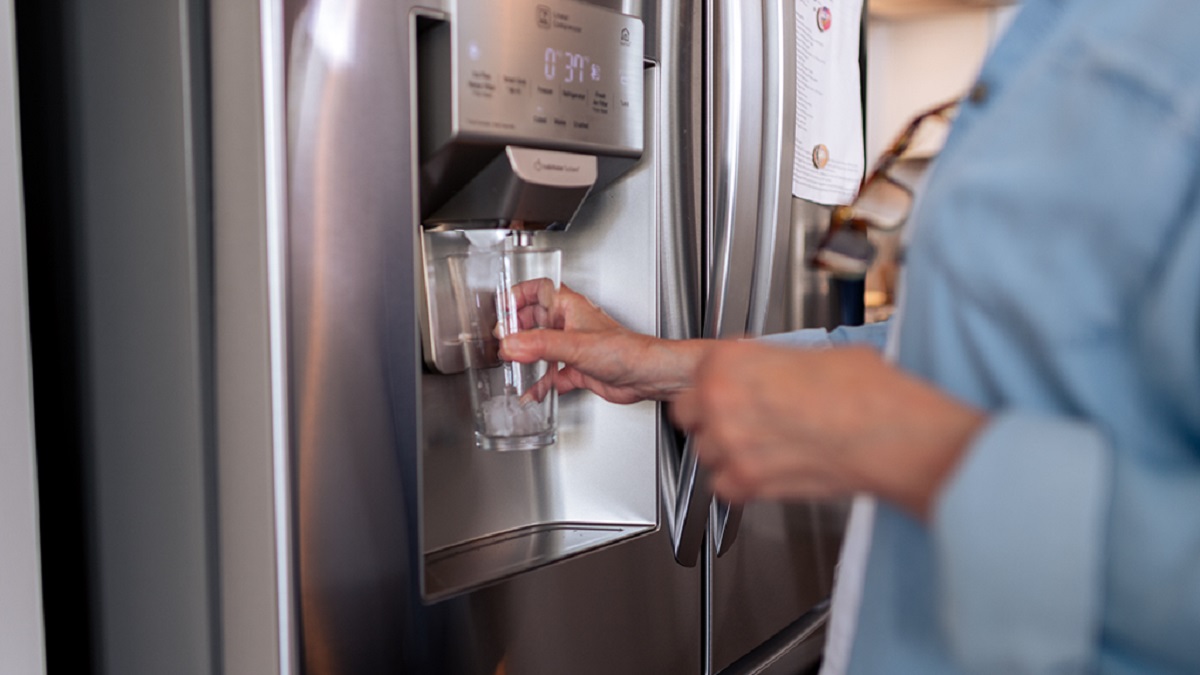
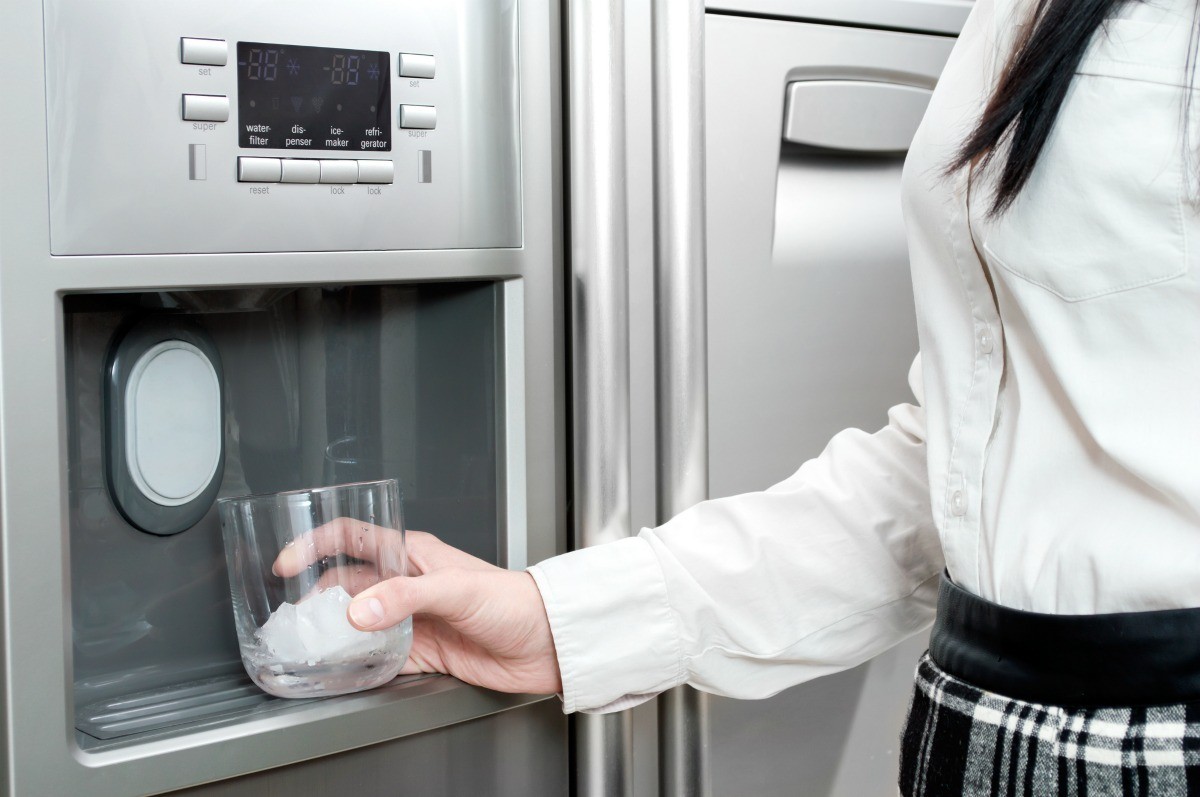
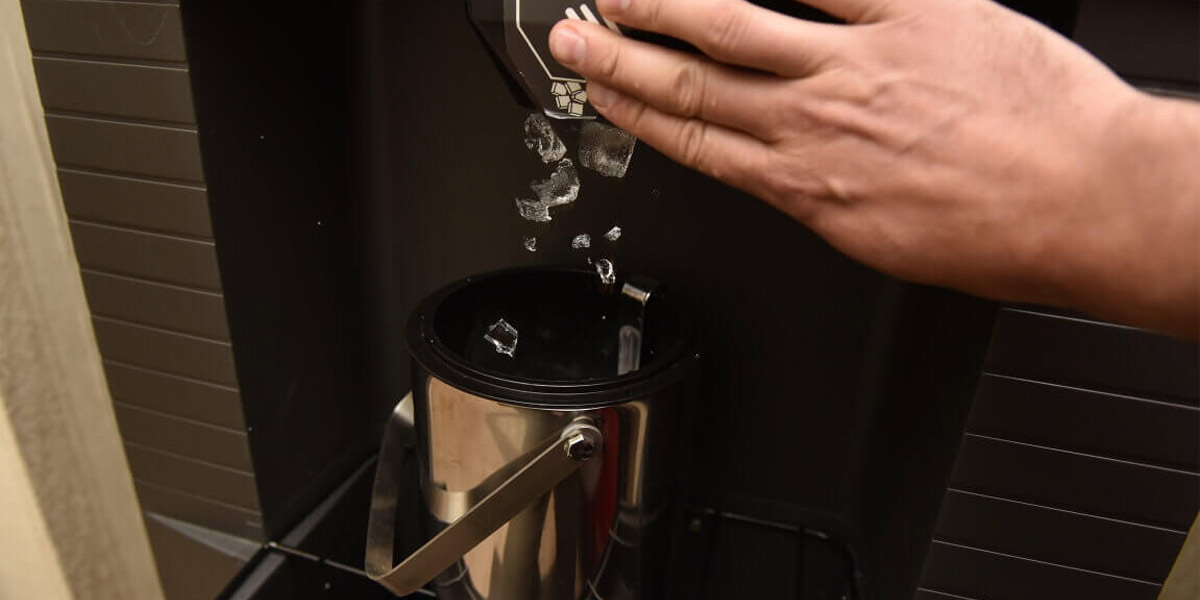
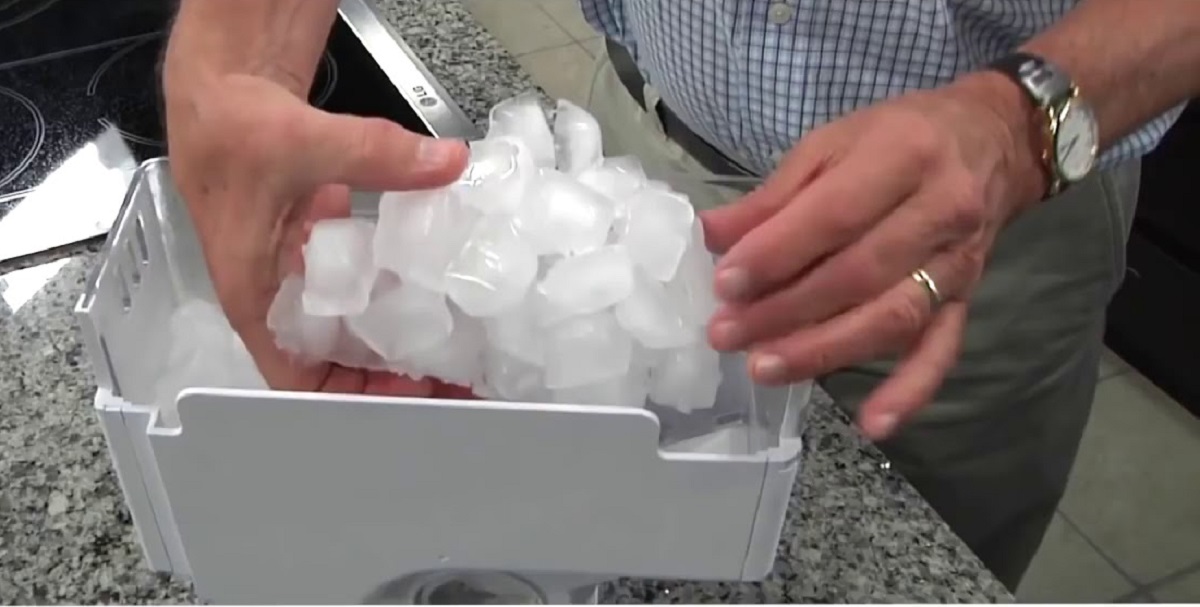
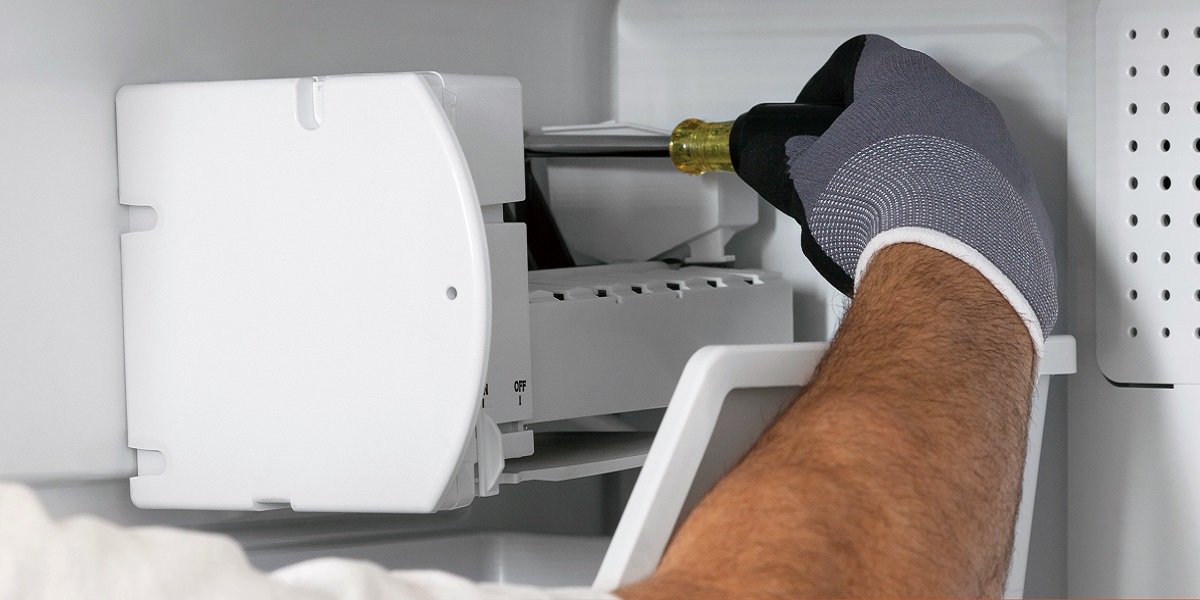
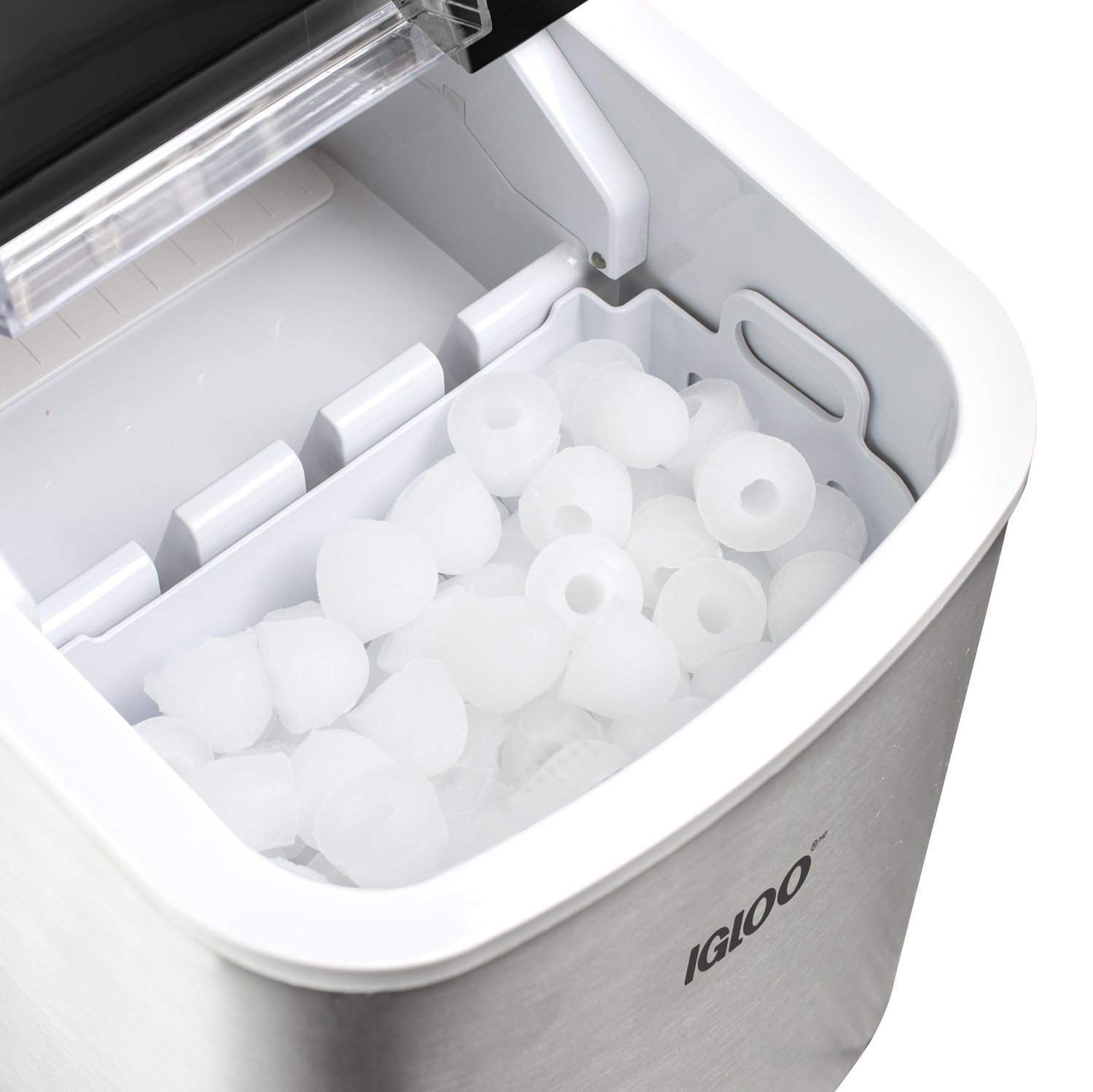
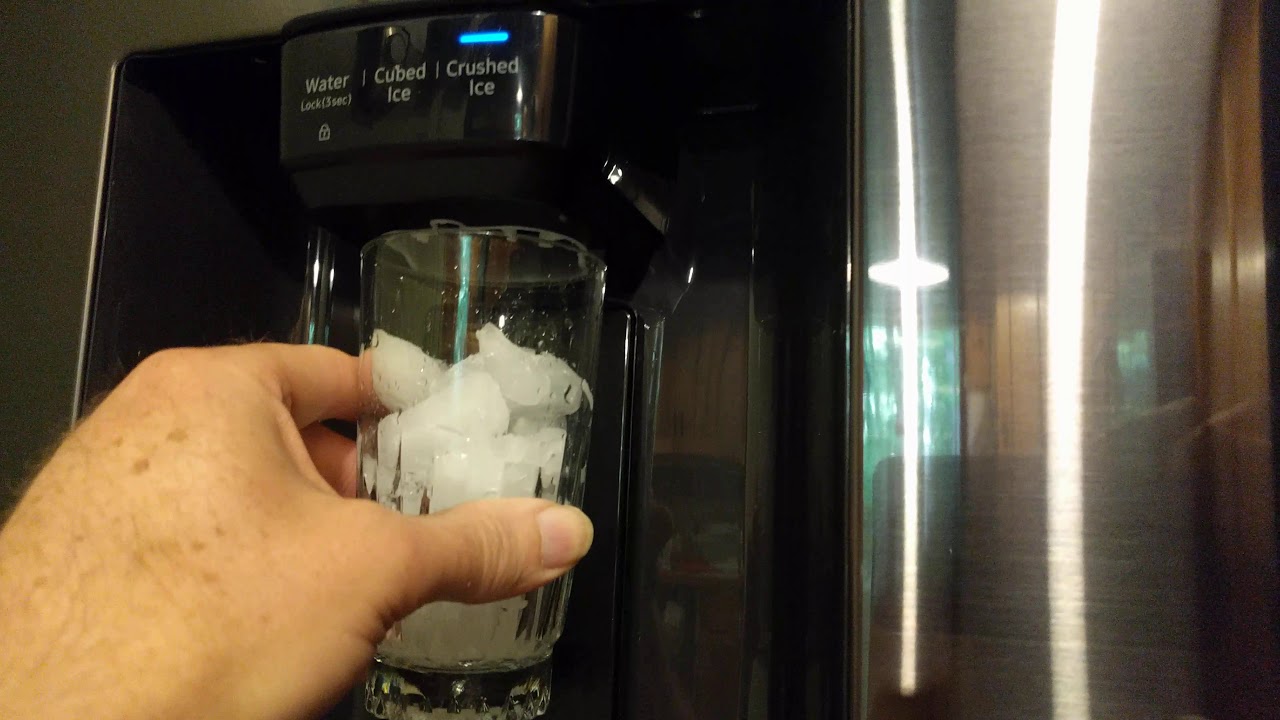
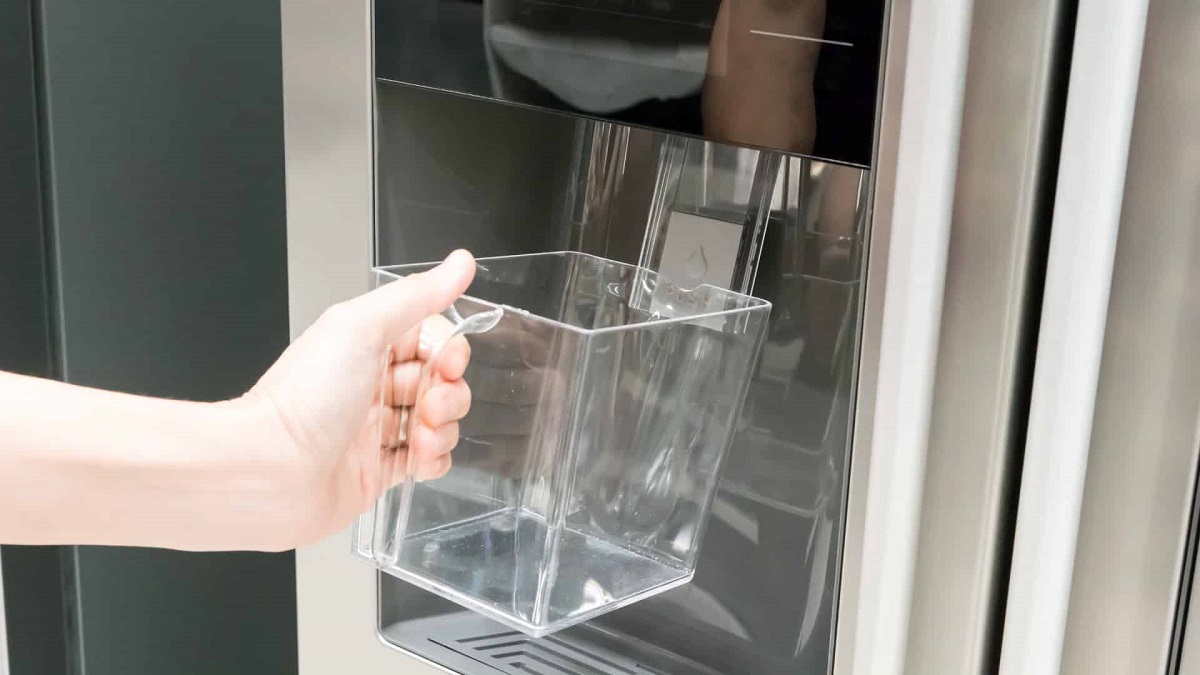
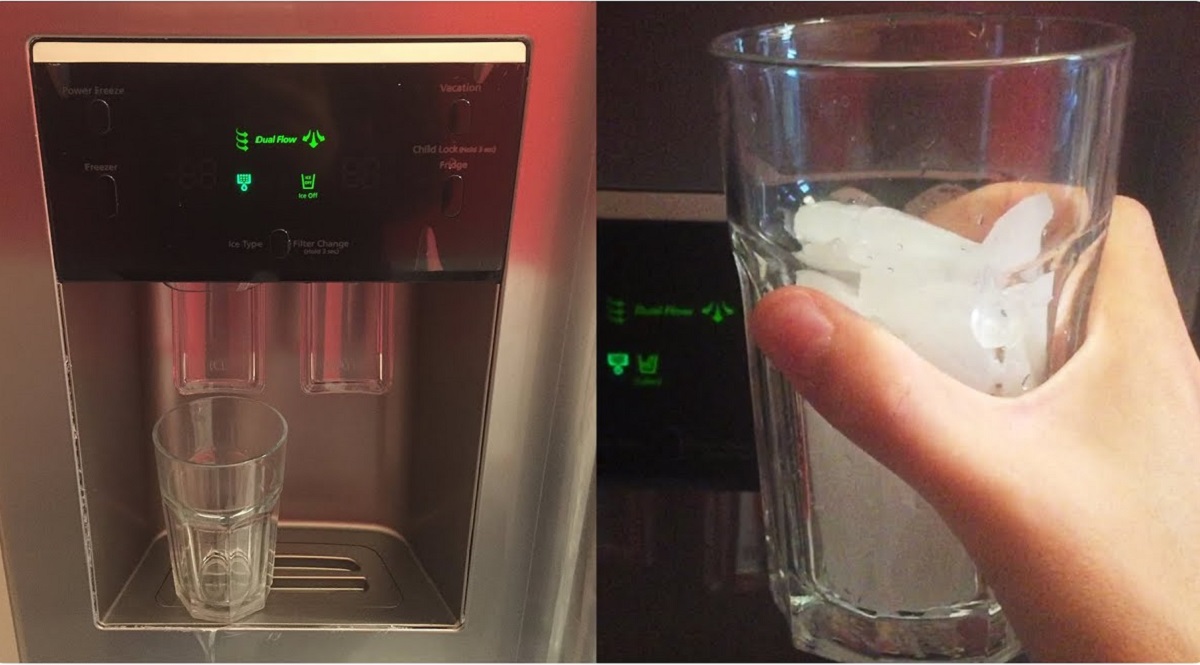
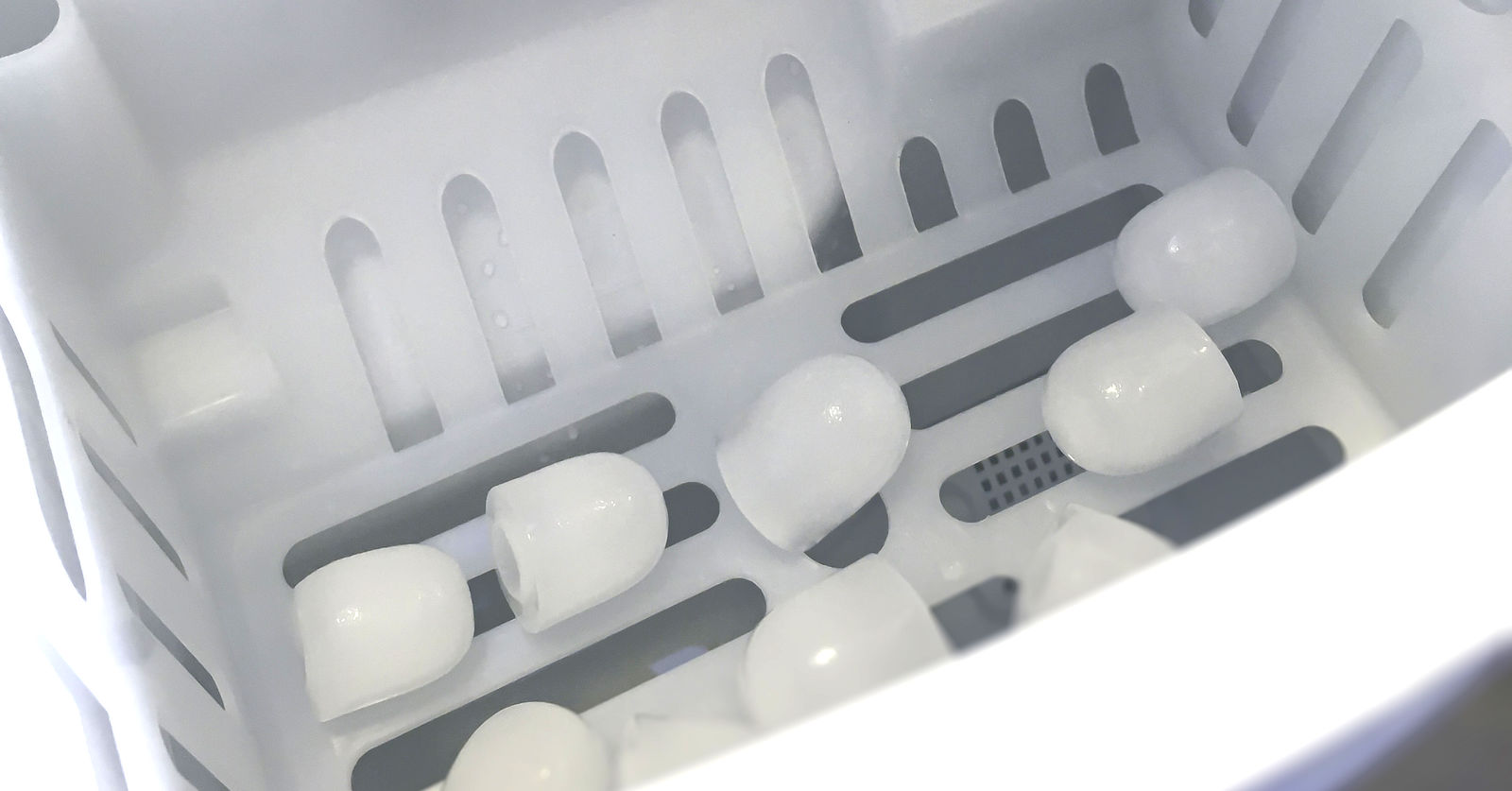
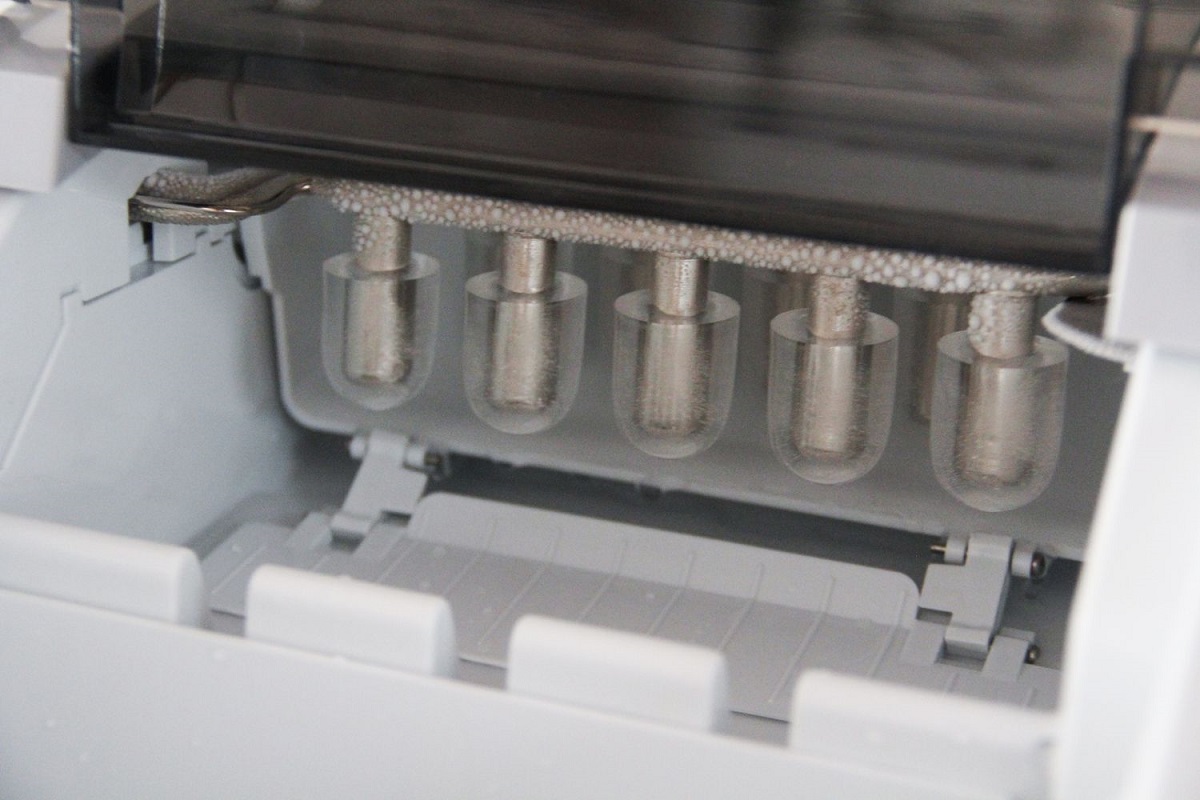
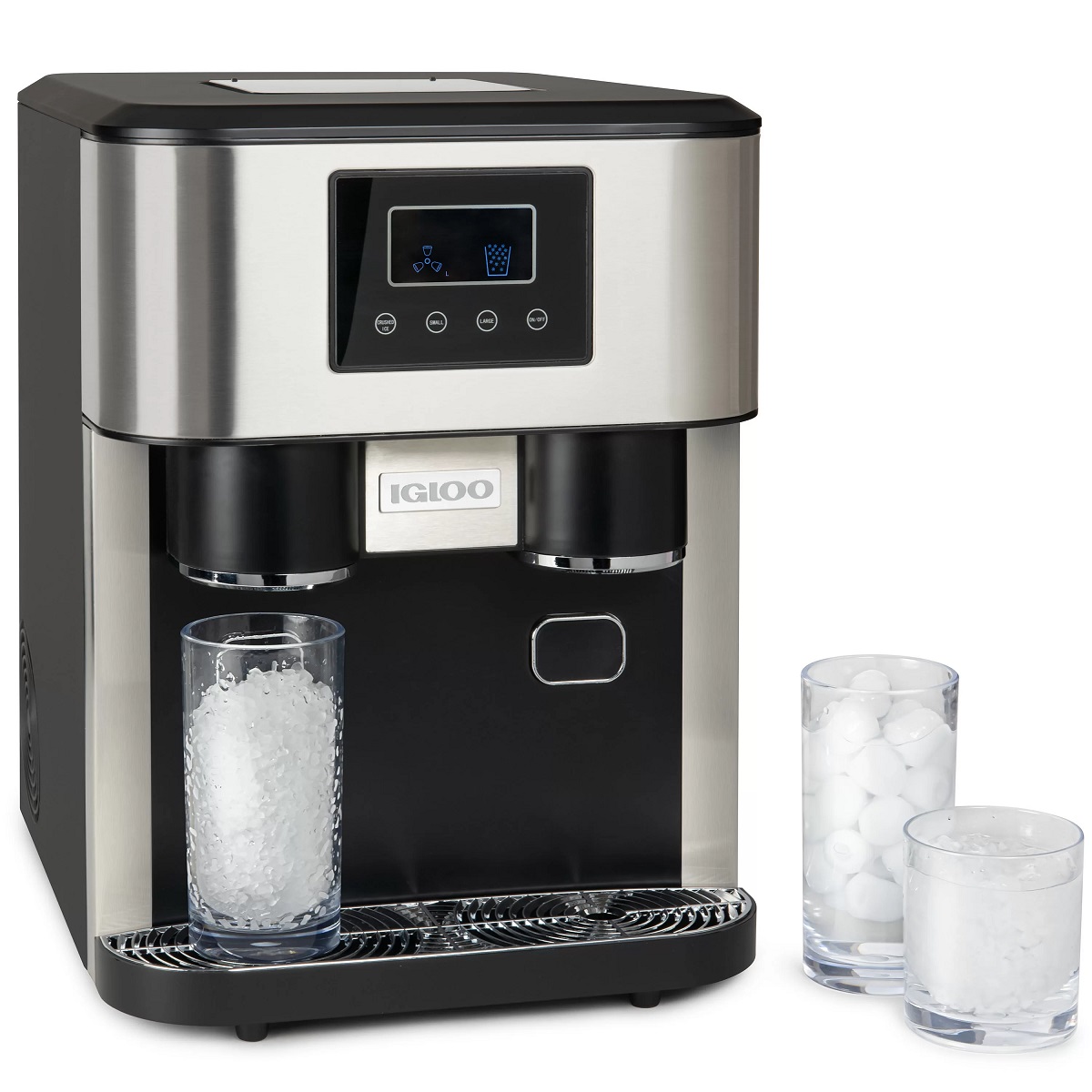
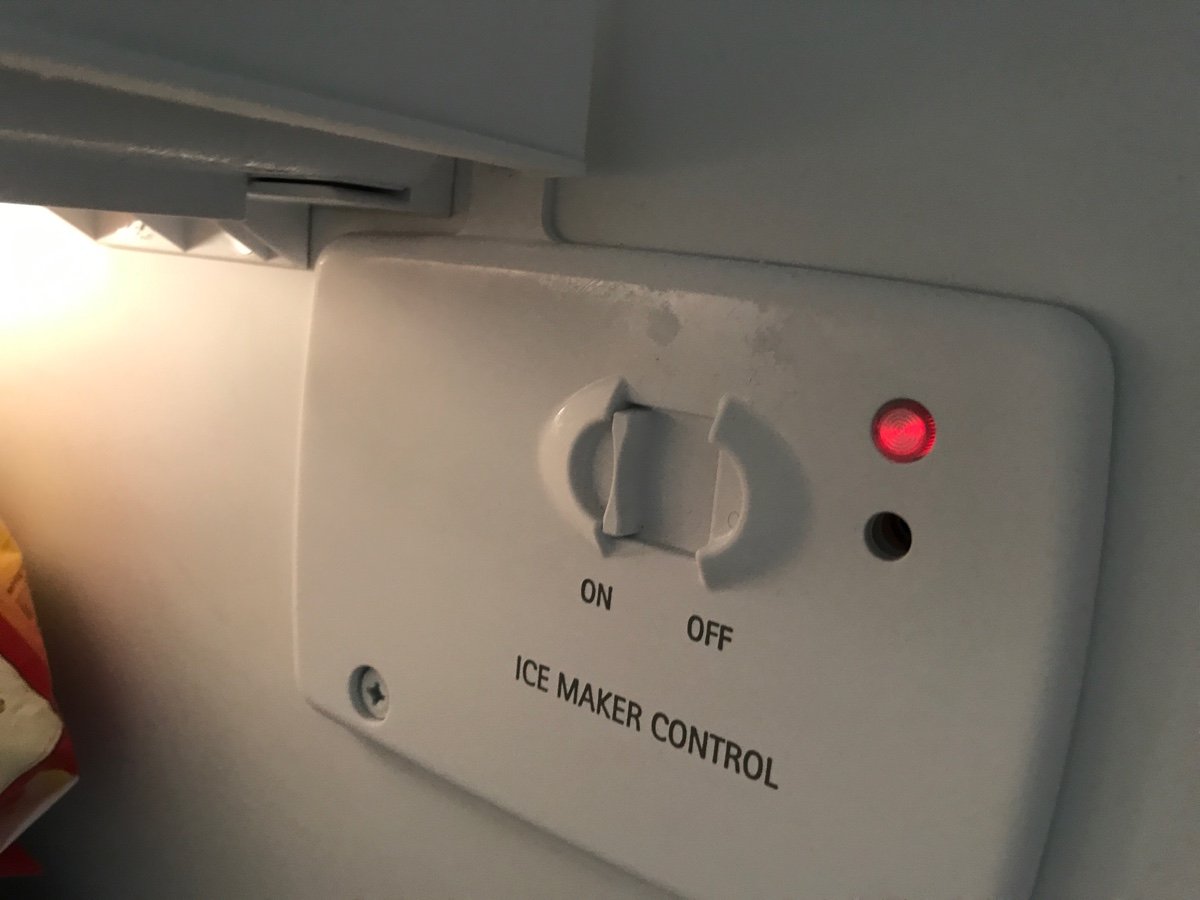
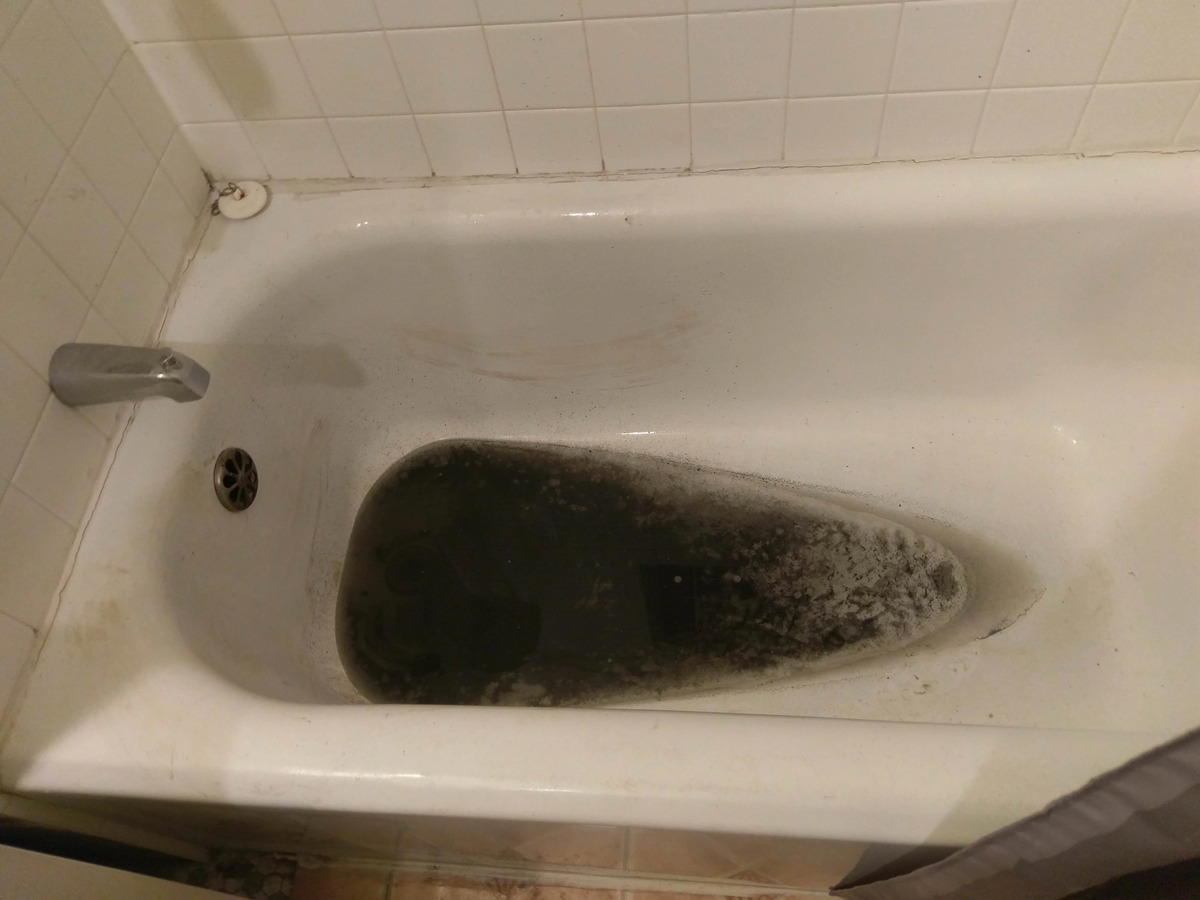

0 thoughts on “Why Is There Black Stuff In My Ice Maker”